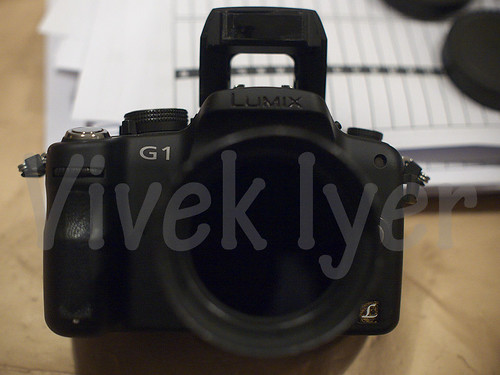R
raymondluo
Guest
Hello all,
I have been reading up on IR and am considering getting a GF-1 converted to IR for B+W and I have a few questions.
I understand that the higher the wavelength (specified) in the camera body less colors will pass through. at 750nm and beyond it will pass red, and only B+W images will be produced. Since the higher the wavelength the more colors will be blocked, will that affect low light sensitivity?
And what's this I hear about an IR-pass filter in front of the lens? Will there be a need for a lens IR filter if I already have the IR-modded body at a high wavelength? I am assuming that the resources I've read are rather dated and require additional filtering of visible light since they may be referring to usage on film cameras.
The last question would be on flash photography. I understand that the purpose of IR photography is to capture objects at 'a different light', so will a normal flash work in the same fashion at 750nm ++? Also, a little bird told me that tungsten light is a good producer of invisible light.
Okay so that isn't the last question, but I would like to hear the process and difficulty of replicating the consistency of the look between image to image and if shooting beyond 750mm will help since I've heard of color balance issues.
This resource has been very informative for me so far. http://www.ayton.id.au/gary/photo/photo_infrared.htm
I have been reading up on IR and am considering getting a GF-1 converted to IR for B+W and I have a few questions.
I understand that the higher the wavelength (specified) in the camera body less colors will pass through. at 750nm and beyond it will pass red, and only B+W images will be produced. Since the higher the wavelength the more colors will be blocked, will that affect low light sensitivity?
And what's this I hear about an IR-pass filter in front of the lens? Will there be a need for a lens IR filter if I already have the IR-modded body at a high wavelength? I am assuming that the resources I've read are rather dated and require additional filtering of visible light since they may be referring to usage on film cameras.
The last question would be on flash photography. I understand that the purpose of IR photography is to capture objects at 'a different light', so will a normal flash work in the same fashion at 750nm ++? Also, a little bird told me that tungsten light is a good producer of invisible light.
Okay so that isn't the last question, but I would like to hear the process and difficulty of replicating the consistency of the look between image to image and if shooting beyond 750mm will help since I've heard of color balance issues.
This resource has been very informative for me so far. http://www.ayton.id.au/gary/photo/photo_infrared.htm


